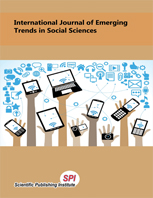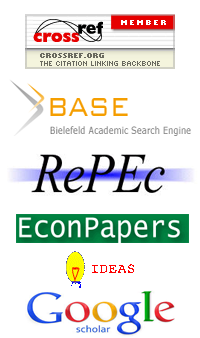A Look at Semantic Issues in News Writing and Reporting
DOI:
https://doi.org/10.20448/2001.12.3745Keywords:
Wordsmith, Misused words, Nigerian newspapers, Semantic confusion Homophonic confusion Homonymic confusion Denotative confusion Connotative confusion.Abstract
The essence of news writing and reporting is communication – sharing of meaning between the news writer or reporter and his audience. With this fact in mind, it is expected that news be written or reported such that the meaning intended by the news writer or reporter is the meaning understood by the audience and nothing more. However, due of a reporter's and, sometimes, editor's semantic limitations, some commonly used news expressions are sometimes applied out of context, thus creating certain semantic confusion. Informed by these observed semantic discrepancies in some newspapers and other news media in Nigeria, this article discusses certain interrelated semantic issues and their influence on news writing and reporting. The paper discusses what it calls semantic confusion, identifying its possible causes. It also discusses some news writing and reporting words and expressions (particularly verbs) that are often misapplied by reporters and editors, thus adding to the confusion. The article concludes that semantic knowledge remains one of the one of the key requirements for better news writing and reporting, especially in Nigeria where English is used not only as a second language but as the major language of news dissemination.


